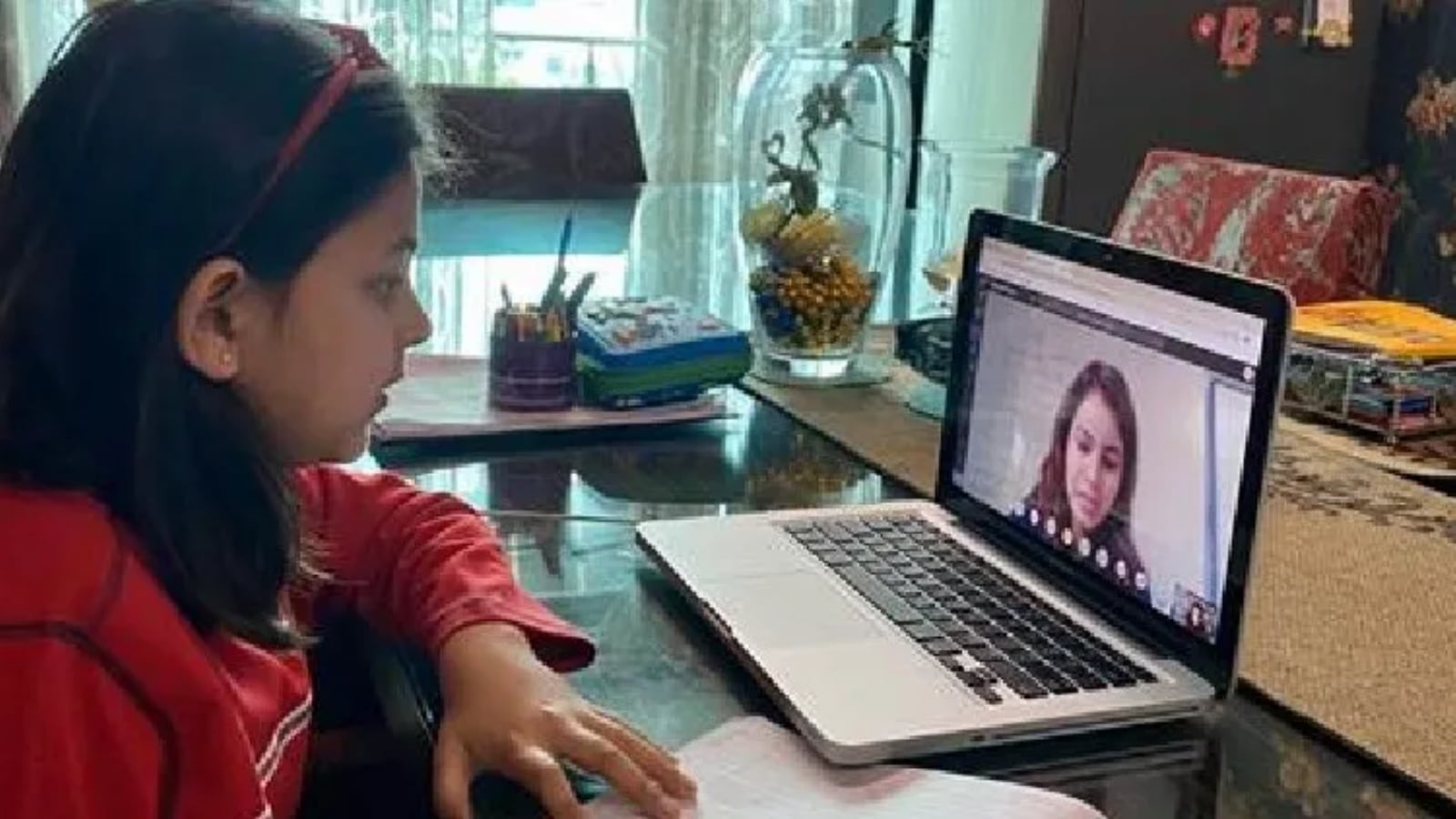The Annual Status of Education Report (ASER) 2024 by Pratham presents a striking gender disparity in smartphone access and usage among children in rural India. Despite technological advancements and the increasing penetration of digital devices, the report highlights that boys continue to outpace girls in access, ownership, and utilisation of smartphones. This is especially troubling, as digital connectivity and access can be closely linked to fostering agency and empowerment.
In an era where smartphones can help you access information and education at your fingertips, this disparity places girls at a significant disadvantage, exacerbating existing inequalities. If not addressed, this could prevent many girls from gaining the full benefits of the digital revolution, which is shaping economies and societies.
Story continues below this ad
The numbers tell a story
The ASER 2024 survey, conducted across 29 states and Union Territories, provides a comprehensive snapshot of children’s schooling and learning experiences in rural India. On digital literacy, the findings reveal that 90.2 per cent of boys and 88.1 per cent of girls in the 14 to 16-year age group have smartphones available at home. This relatively narrow gap seems to be wider when one examines the actual usage of smartphones.
For digital tasks, 70.2 per cent of boys were able to bring a device, compared to only 62.2 per cent of girls. This indicates that even when smartphones are available at home, girls face systemic barriers—be it social norms, parental control, or prioritisation of boys’ education—that limit their access.
Moreover, 85.5 per cent of boys reported that they could use smartphones, while the figure for girls stood at 79.4 per cent. Among those who could use a smartphone, the disparity in ownership is even starker: Only 36.2 per cent of boys and a mere 26.9 per cent of girls had their own smartphones. This lack of personal ownership not only limits access but also curtails opportunities for girls to explore and learn independently.
Story continues below this ad
Regional disparities
The digital divide varies widely across regions in the country, with some areas being far more connected than others. When it comes to using smartphones for education-related activities, the survey found that students in Kerala, Andhra Pradesh, Haryana, and Sikkim performed notably better, with a higher percentage of students using the smartphone to perform at least one education-related activity during the reference week. This can be attributed to stronger digital infrastructure, greater awareness, and strong efforts to incorporate technology into learning.
In contrast, states like Meghalaya, Mizoram, Chhattisgarh, and West Bengal lagged, reporting the lowest percentages of students engaging in educational activities via smartphones. This regional variation highlights the need for tailored interventions that address differences in digital literacy, infrastructure, as well as socio-cultural factors. Tailored, region-specific solutions are essential for bridging the digital divide.
Empowering girls through equal digital access
The gender gap in digital access is not just a statistic; it is a reflection of deep-rooted societal norms that prioritise boys’ education and opportunities over girls’. Smartphones and digital devices should not be seen merely as tools for communication. They provide access to online learning, digital libraries and skill-building programs, and can also accelerate opportunities for social mobility. For girls, particularly in rural areas, these devices can open doors to a world beyond their immediate surroundings.
However, the lack of access and ownership deprives girls of the ability to fully participate in the digital age. It restricts their exposure to knowledge, limits their ability to develop digital skills, and eventually reduces their competitiveness in an increasingly technology-driven job market. The consequences of this divide are far-reaching, perpetuating cycles of inequality and stalling progress toward gender equity.
most read
As an educationist, I believe that addressing the gender gap in digital access is not just about technology—it is about equity and empowerment. Smartphones and digital tools hold immense potential to bridge educational disparities, but only if we ensure that no child—especially no girl—is left behind.
It is time for us, as a society, to recognise that empowering girls with digital access is not a choice. It is a necessity. The future of education, and indeed the nation, depends on it.
The writer is a General Secretary, Managements of Independent CBSE Schools Association – Karnataka. He is the board member of Delhi Public Schools, Bengaluru and Mysuru. He is also the Secretary, All India Congress Committee (In-charge of Kerala & Lakshadweep)


